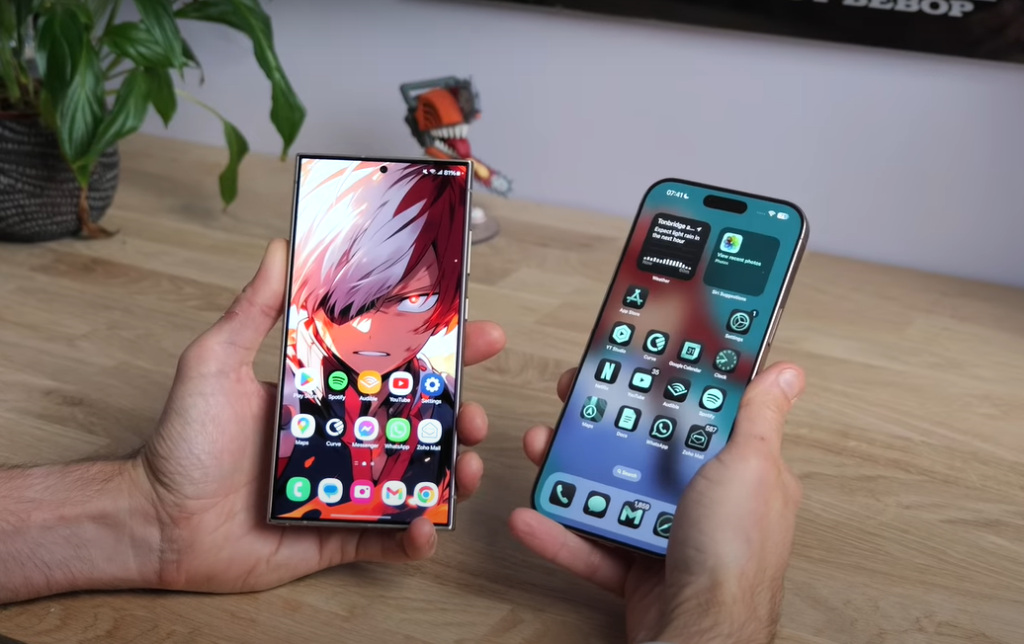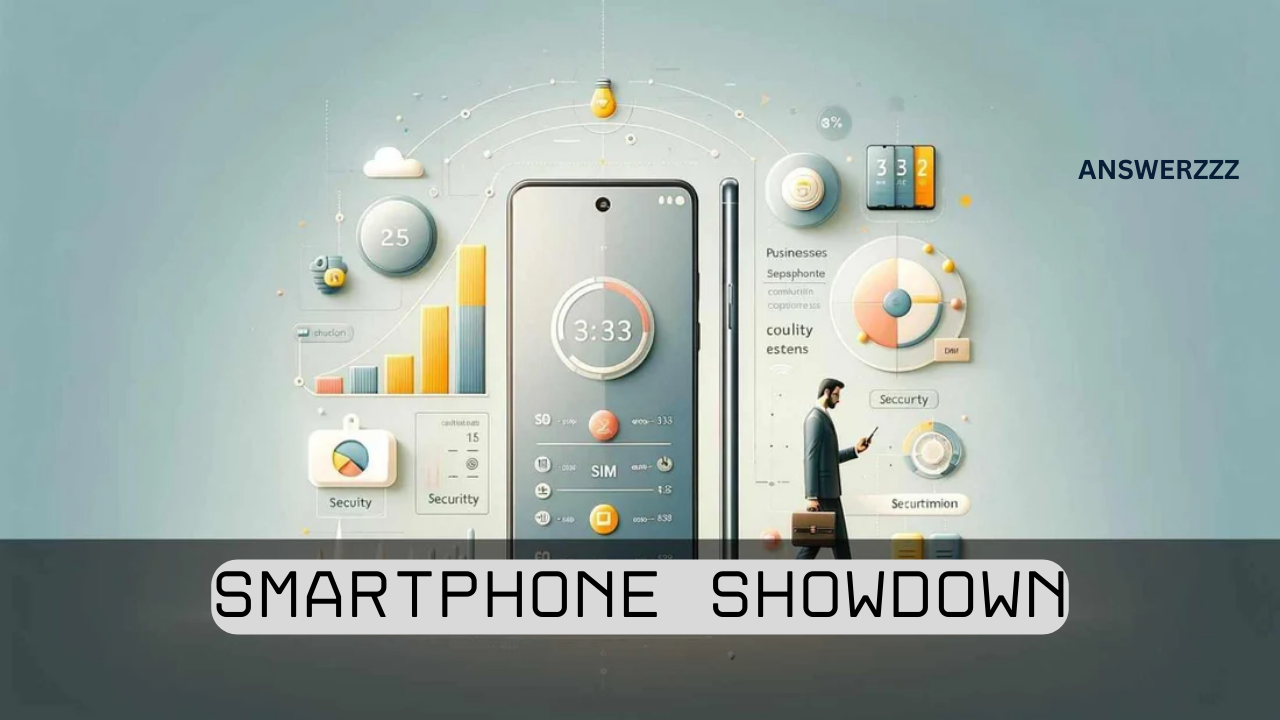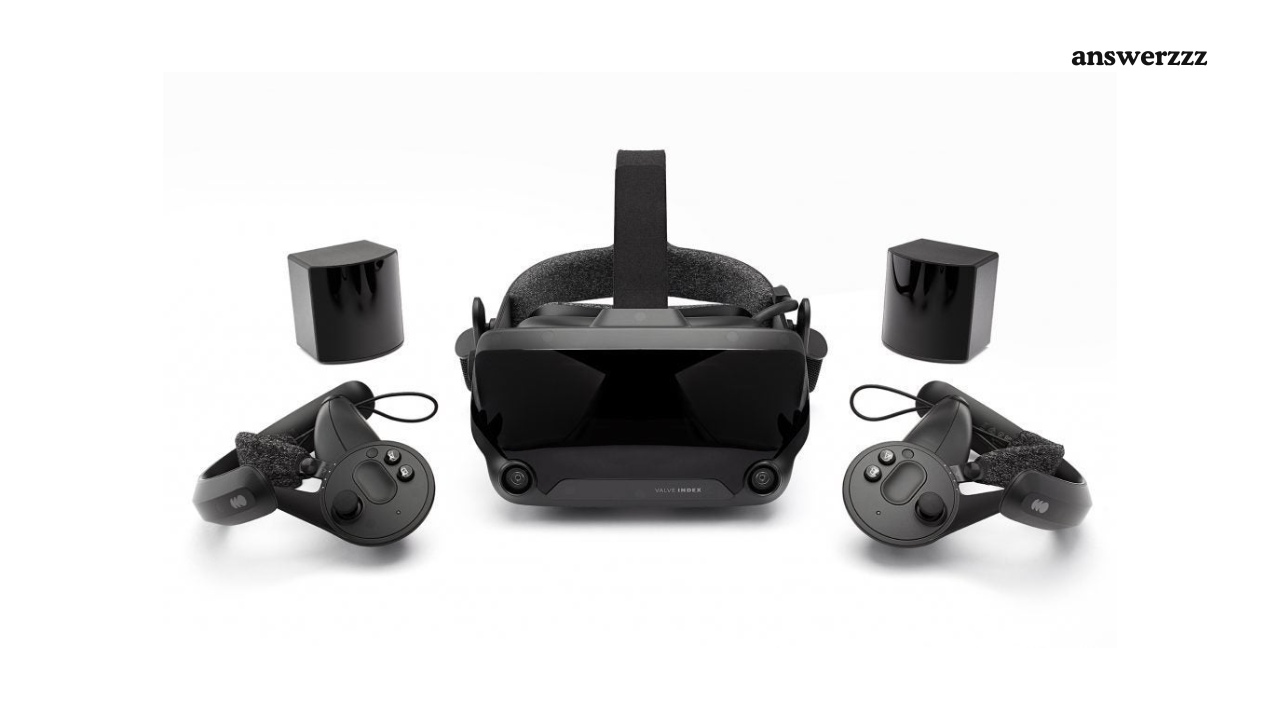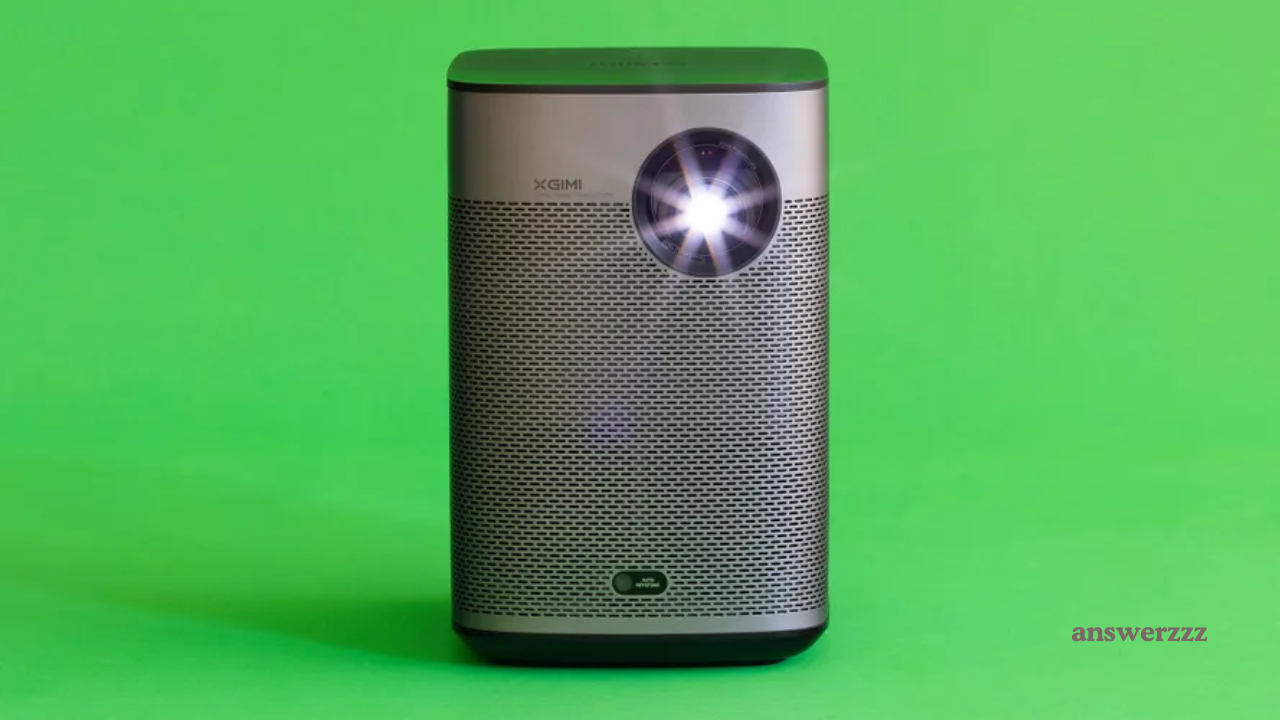As technology advances at a rapid pace, smartphone enthusiasts eagerly await the latest models and their cutting-edge features. In 2024, major brands like Apple, Samsung, Google, and OnePlus have each launched their flagship devices, each with unique strengths in performance, camera technology, design, battery life, and software experience. With so many options, choosing the right smartphone can be overwhelming. This showdown compares the best phones of the year, exploring each flagship’s standout features to help you make an informed decision based on your specific needs and preferences.
Design and Build Quality: Craftsmanship Meets Durability

The design and build quality of a smartphone are key considerations, as they influence both aesthetics and usability. This year, brands have continued to push the boundaries in materials and ergonomics.
- Apple iPhone 15 Pro: Apple’s iPhone 15 Pro has a titanium frame, making it not only more durable but also lighter than previous models. The device feels premium, with its ceramic shield front cover offering added drop protection. Apple’s design remains sleek, with the thin bezels and updated Action Button providing a refreshed look while keeping the iPhone’s classic feel.
- Samsung Galaxy S23 Ultra: Samsung has maintained its edge with the Galaxy S23 Ultra, which sports a premium glass and aluminium frame. The build is solid and durable, and Samsung’s display expertise shines through with minimal bezels and slightly curved edges that make the device appear nearly bezel-less. The S23 Ultra feels substantial in hand, and its larger size is a plus for those who enjoy a phablet experience.
- Google Pixel 8 Pro: Google continues to prioritize simplicity and functionality in the Pixel 8 Pro, with a matte glass finish and aluminium frame that is fingerprint-resistant. This year’s Pixel feels exceptionally lightweight and comfortable in hand, and the smaller form factor offers a refreshing alternative to the larger phones on the market.
- OnePlus 12: The OnePlus 12 has a distinct design with a bold, ceramic back and stainless steel frame. Its smooth, rounded edges contribute to a comfortable grip, and the alert slider is a convenient addition. OnePlus has focused on providing a durable yet stylish design, and it manages to stand out in a crowded field with its unique aesthetics.
Display Quality: Where Pixels Meet Brilliance
Display quality has become a top priority for smartphone manufacturers as consumers seek immersive viewing experiences for streaming, gaming, and everyday browsing. Each flagship phone has brought innovation to screen technology, showcasing vibrant colours, crisp resolutions, and higher refresh rates.
- iPhone 15 Pro: Apple’s Super Retina XDR display in the iPhone 15 Pro offers a stunning visual experience with deep blacks, high contrast ratios, and support for HDR10 and Dolby Vision. The 6.1-inch OLED panel provides a 120Hz ProMotion refresh rate, making interactions feel smooth and responsive.
- Galaxy S23 Ultra: Samsung remains a display leader, and the Galaxy S23 Ultra showcases a 6.8-inch Dynamic AMOLED 2X panel with a stunning 3200 x 1440 resolution and a 120Hz refresh rate. With vibrant colours and high brightness levels, this display is excellent for multimedia enthusiasts, especially in high ambient light conditions.
- Pixel 8 Pro: Google’s Pixel 8 Pro features a 6.7-inch LTPO OLED display with a 120Hz refresh rate, combining smooth scrolling with remarkable colour accuracy and sharpness. Google’s new adaptive refresh rate technology also ensures battery efficiency by adjusting the refresh rate based on content.
- OnePlus 12: The OnePlus 12 offers a 6.7-inch AMOLED display with QHD+ resolution and a 120Hz refresh rate. OnePlus has focused on producing a display with vivid colours and precise calibration, making it ideal for watching videos or playing games with accurate colour reproduction.
Camera Capabilities: Redefining Mobile Photography
The camera quality has become a determining factor for many smartphone buyers, with flagship models offering powerful camera arrays capable of professional-quality photography.
- iPhone 15 Pro: Apple’s triple-lens camera setup includes a 48MP wide sensor, 12MP ultra-wide, and a 12MP telephoto lens with 5x optical zoom. With improved low-light performance and smart HDR, the iPhone 15 Pro is capable of capturing true-to-life images. Apple’s focus on computational photography and ProRAW format adds flexibility for professional editing.
- Galaxy S23 Ultra: Samsung’s camera prowess is evident in the S23 Ultra, with its impressive 200MP main sensor, 12MP ultra-wide lens, and dual telephoto lenses (10MP each) capable of 10x optical zoom. The S23 Ultra excels in detailed shots and has exceptional low-light performance, thanks to its advanced Nightography mode.
- Pixel 8 Pro: The Pixel 8 Pro’s 50MP main sensor, 48MP ultra-wide, and 48MP telephoto lens with 5x optical zoom capture clear and vibrant images. Google’s prowess in computational photography means the Pixel 8 Pro can produce stunning images with just a tap, especially in low-light scenarios. It’s Magic Eraser and Real Tone features further enhance its appeal for photography enthusiasts.
- OnePlus 12: OnePlus has equipped the OnePlus 12 with a 50MP main sensor, a 50MP ultra-wide, and a 32MP telephoto with 3x optical zoom. The device’s colour accuracy and HDR capabilities deliver sharp images, and the Hasselblad colour calibration offers a unique touch, appealing to those who prioritize natural colour reproduction.

Performance: The Need for Speed
In 2024, each flagship device boasts a powerful processor, making performance a non-negotiable selling point.
- iPhone 15 Pro: Apple’s A17 Bionic chip provides lightning-fast performance, with 8GB of RAM enhancing multitasking. This chipset offers excellent graphics rendering, ideal for gaming and intensive tasks. The iPhone 15 Pro smoothly handles multiple apps, and iOS’s optimizations allow it to work seamlessly with the hardware.
- Galaxy S23 Ultra: Samsung’s custom Snapdragon 8 Gen 2 for Galaxy chip, coupled with up to 12GB of RAM, powers the Galaxy S23 Ultra, making it one of the fastest Android devices on the market. The device can easily handle high-performance tasks, including 4K video editing and gaming, without lag.
- Pixel 8 Pro: Google’s Pixel 8 Pro houses the new Tensor G3 chip, which emphasizes AI and machine learning, allowing for real-time language translation and improved image processing. While it may not compete with Snapdragon in raw power, its tailored AI features make it a unique performer for users who value personalized functionality.
- OnePlus 12: The OnePlus 12 also features the Snapdragon 8 Gen 2, optimized for high performance. Paired with up to 16GB of RAM, it offers smooth multitasking and top-tier gaming experiences. OnePlus’s OxygenOS optimization ensures minimal bloatware and faster performance than many competitors.
Software Experience: Tailored for Every User
The user experience differs significantly across iOS and Android, with each device offering unique software features.
- iPhone 15 Pro (iOS 17): iOS 17 introduces features like interactive widgets and improved customization options. Apple’s ecosystem remains a major advantage for those with multiple Apple devices, as continuity and integration are seamless.
- Galaxy S23 Ultra (One UI 6): Samsung’s One UI 6 is designed to work efficiently on large screens, offering features like split-screen multitasking and the DeX mode, which turns the phone into a desktop-like experience when connected to a monitor. It also provides extensive customization options that appeal to advanced users.
- Pixel 8 Pro (Stock Android with Pixel Exclusives): Google’s clean, bloat-free Android experience is one of Pixel’s highlights. Exclusive features like the Magic Eraser, Call Screen, and Live Translate set the Pixel apart, making it a compelling choice for those seeking simplicity with added functionality.
- OnePlus 12 (OxygenOS): OxygenOS continues to provide a near-stock Android experience with a few enhancements, such as customizable themes and fast app load times. Its smooth and fluid operation appeals to users who prefer an uncluttered Android experience.
Battery Life and Charging: Keeping You Powered All Day
Battery life and fast charging are critical aspects that can make or break the overall experience with a smartphone.
- iPhone 15 Pro: With its 3,600mAh battery and efficiency gains from the A17 Bionic chip, the iPhone 15 Pro offers up to 20 hours of video playback. Apple’s fast charging and MagSafe support add flexibility, although its charging speeds (limited to 20W) trail behind some competitors.
- Galaxy S23 Ultra: Samsung’s 5,000mAh battery ensures day-long usage, even with heavy media consumption. Its 45W wired charging and 15W wireless charging keep it competitive, allowing users to quickly recharge for extended use.
- Pixel 8 Pro: The Pixel 8 Pro’s 4,950mAh battery offers solid battery life with Google’s adaptive battery settings extending longevity. Its 30W wired charging is respectable, although it lags behind some competitors in charging speed.
- OnePlus 12: The OnePlus 12 excels in battery performance with a 5,000mAh cell and 100W wired charging, providing a full charge in around 25 minutes. This feature is a standout for users who prioritize fast, reliable power top-ups.

Pricing and Value for Money: Finding the Perfect Balance
Pricing remains a crucial factor when choosing a flagship smartphone. Each device offers excellent value, depending on the user’s needs and priorities.
- iPhone 15 Pro: Starting at $1,099, the iPhone 15 Pro offers a premium experience, especially for those entrenched in the Apple ecosystem. It’s an excellent investment for users who value design, performance, and long-term software updates.
- Galaxy S23 Ultra: Samsung’s flagship comes in at $1,199 for the base model, offering more features such as the S Pen, higher resolution, and additional camera versatility. It represents great value for users seeking a versatile and feature-packed device.
- Pixel 8 Pro: Google’s Pixel 8 Pro is priced competitively at $999, offering powerful AI-driven features and an excellent camera system. For Android purists and photography enthusiasts, the Pixel 8 Pro is a solid choice at a reasonable price.
- OnePlus 12: The OnePlus 12 is positioned at $899, making it one of the more affordable flagship options without compromising on performance or features. Its fast charging, clean software, and powerful camera system make it a great option for budget-conscious buyers.
Tech That Protects: Personal Security Gadgets to Help Women Feel Safe Everywhere
Choosing the Right Smartphone for You
Ultimately, the best smartphone of the year will depend on your personal needs and preferences. If you’re deeply integrated into the Apple ecosystem and value consistent updates, the iPhone 15 Pro is a top contender. On the other hand, the Galaxy S23 Ultra is perfect for those who prioritize screen size, camera versatility, and Samsung’s rich feature set. Google’s Pixel 8 Pro is a dream for photography lovers and those who want a clean Android experience with powerful AI features. Finally, OnePlus 12 offers exceptional value with high performance and fast charging at a more affordable price.
Each of these flagship devices excels in its way, making this year’s smartphone showdown a close race. The decision boils down to what you prioritize—whether it’s camera quality, display brilliance, software experience, or price, 2024’s smartphones deliver something for everyone.




